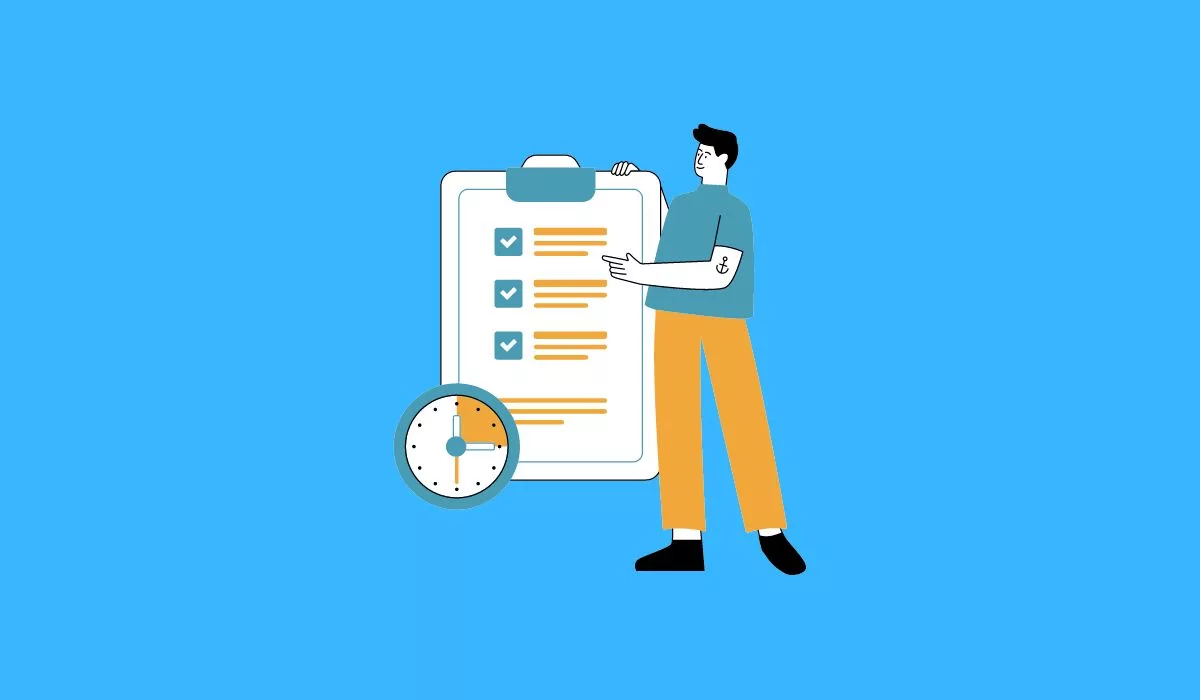If you are developing a mobile app you make a lot of decisions. I am sure the most critical decision is feature prioritization. So here’s what you need to know.
Feature Prioritization can significantly impact your app’s usability, market fit, and its success as well. Having a lot of features in your mind and deciding which ones to include in your app’s initial release, and which ones to save for later, is really difficult.

You need to ensure your app meets user needs without overcomplicating the user experience or inflating development costs.
Here is what I have discussed:
- Key strategies to prioritize app features with business goals and user needs.
- An overview of popular prioritization frameworks to streamline decision-making.
- How to leverage user feedback to refine your app’s feature set.
These insights will help you in taking better decisions that balance user expectations with practical constraints. Thus, paving the way for your app’s success.
What are the Basics of Feature Prioritization in Mobile Apps?

Feature prioritization in custom mobile app development is a strategic approach that can make or break your app’s success.
In a landscape where user attention spans are short and competition is huge, your app needs to offer immediate value while also standing out.
Prioritizing the right features ensures that your app meets the essential needs of your users. Also, makes it manageable for your development team and budget.
It’s about finding the sweet spot between what’s desirable, viable, and feasible.
Common challenges in feature prioritization
One of the main challenges in feature prioritization is distinguishing between ‘must-have’ features and ‘nice-to-have’ features.
It’s easy to fall into the trap of wanting to include every possible functionality to cater to every potential user need. However, this often leads to delayed launches, increased costs, and a cluttered user experience.
Other challenges include aligning team perspectives, adapting to shifting market trends, and making decisions based on incomplete data.
Overcoming these challenges requires a structured approach to decision-making, grounded in a clear understanding of your app’s goals and user needs.
Please read till the end, and I’m sure you will easily prioritise the essential features of your mobile app.
Related: Most Suitable Tech Stack for Mobile App Development for Startups
How to Establish Your App’s Core Objectives?

With your app’s core objectives clearly defined, you’re better equipped to navigate the complexities of feature prioritization.
Defining your target audience and their needs
The first step in establishing your app’s core objectives is to have a crystal-clear understanding of who your target audience is and what their primary needs are.
This involves creating detailed user personas that represent your app’s ideal users, including their demographics, behaviour patterns, goals, and pain points.
Understanding your audience at this granular level helps you identify the features that are truly essential to provide value and solve their problems, thereby guiding your prioritization decisions.
Aligning features with business goals
While user needs are paramount, it’s equally important to align the features you prioritize with your broader business goals.
Whether your aim is to increase brand visibility, generate revenue, or enter a new market, each feature you consider should have a clear rationale behind it that supports these objectives.
This alignment ensures that your app satisfies users and contributes to your company’s strategic goals.
The role of market research in identifying must-have features
Market research plays a pivotal role in identifying the features that your app must have to compete effectively.
By analyzing competitors and understanding the market landscape, you can pinpoint gaps in the market that your app could fill or areas where you can outperform existing solutions.
This research should be ongoing, as market trends and user expectations can shift rapidly, influencing which features are considered essential over time.
Understanding how to create a successful app hinges on this dynamic and continuous process of market research. You need to ensure that your app remains relevant and competitive by adapting to the ever-changing market demands.
Prioritization Frameworks and Techniques

Several frameworks can help you systematically prioritize app features, each with its unique approach:
- MoSCoW Method: This technique divides features into four categories: Must have, Should have, Could have, and Won’t have. It’s a simple yet effective way to ensure that essential features are developed first without losing sight of additional functionalities that could enhance the app in future updates.
- RICE Scoring: RICE stands for Reach, Impact, Confidence, and Effort. By assigning scores to each feature based on these criteria, you can quantify their potential value against the required investment, making it easier to prioritize.
- Kano Model: This model categorizes features based on how they influence user satisfaction, distinguishing between basic expectations, performance enhancements, and delighters. It’s particularly useful for identifying features that can differentiate your app from competitors.
Also read: Proactive Market Research Methods and Techniques Every Business Should Know
How to apply these frameworks to your feature list?
Applying these frameworks starts with a comprehensive list of potential features and a deep understanding of your app’s objectives and user needs. From there, involve your development team, stakeholders, and potentially even users in the scoring and categorization process. This collaborative approach ensures a well-rounded perspective on what’s truly important for your app.
What are the Methods for Collecting User Feedback?

User feedback is invaluable in the feature prioritization process, offering direct insights into user needs, preferences, and pain points. Several methods can be employed to gather this feedback effectively:
- Surveys and Questionnaires: These tools can reach a wide audience quickly and provide quantitative data on user preferences and feature requests.
- User Interviews: One-on-one interviews offer deep qualitative insights into user experiences, expectations, and suggestions for improvements or new features.
- Beta Testing: Releasing a beta version of your app allows you to collect real-world usage data, identify bugs, and understand how users interact with your app’s features.
Analyzing Feedback to Make Informed Decisions
Collecting feedback is only the first step; analyzing this feedback to make informed prioritization decisions is crucial.
Look for patterns or frequently mentioned features in the feedback to identify what’s most important to your users.
Also, consider the feasibility and alignment with your app’s core objectives when deciding which user-requested features to prioritize.
While user feedback is invaluable, it’s important to balance these requests with your app’s strategic vision and business objectives.
Not all user-requested features will align with your goals or be feasible within your resources. It’s essential to weigh the benefits of each feature against its development cost and potential ROI, ensuring that your app remains focused and viable for the long term.
You might like: 10 Best Frameworks For Hybrid App Development
Questions You Should Ask Yourself While Prioritizing Features of a Mobile App?
When planning and prioritizing features for a Minimum Viable Product (MVP) of a mobile app, leaders are tasked with making critical decisions that balance innovation, utility, user expectations, and technical feasibility. Here are 10 questions that can guide this process:
- How Does Each Feature Align With The Core Value Proposition?
- What Is The Impact Of Each Feature On The User Experience?
- What Does The Target User Want Vs. What Does The Target User Need?
- Which Features Are Essential For Launch, And Which Can Be Added Later?
- How Do Competitors’ Offerings Influence Our Feature Selection?
- What Is The Estimated Time And Resource Requirement For Each Feature?
- How Will Each Feature Be Measured For Success?
- What Are The Technical Risks Or Limitations?
- How Will User Feedback Be Incorporated Into The MVP Development Process?
- What Is The Scalability Potential Of Each Feature?
Final Words
As you move forward, consider diving deeper into the prioritization frameworks discussed or exploring strategies for effectively collecting and analyzing user feedback. These next steps will further refine your approach to feature prioritization, ensuring your mobile app not only meets but exceeds user expectations while achieving your business objectives.










Leave a Reply